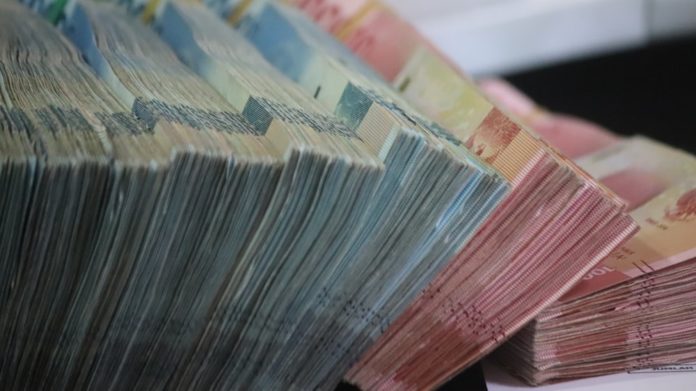
MERAFE Resources today defended its interim dividend payout against criticism it was inappropriately conservative, saying it was within company policy and allowed for risks in the second half of the year including a fourth wave of the Covid-19 pandemic.
“There is the likelihood of a fourth wave and logistical challenges,” said Zanele Matlala, CEO of Merafe in a conference call today. “We would rather weight the dividend towards the second half of the year,” she added.
Merafe Resources produces ferrochrome, a mineral used in the manufacture of stainless steel. It owns about 20% of the Merafe Joint Venture with Glencore, the Swiss headquartered mining and commodities marketing company, controlling the balance.
Merafe’s R0,07 cents per share interim dividend, equal to R165m in cash, was on the back of a significant turnaround in interim share earnings of 23.2 cents compared to 6.6 cents a share a year ago.
Tim Clark, an analyst for Standard Bank Group Securities, said in a conference call that Merafe’s balance sheet could be construed as “extremely lazy” as it held “enormous amounts of cash”. Shareholders had expressed their antipathy for Merafe’s cautious approach which could be viewed as “inefficient”, he added.
Merafe closed with cash of R797m as of June 30 which compares to R278m as of December 31. The company was upbeat on prospects for the ferrochrome demand and prices whilst capital expenditure of R178m in the first half was well below guided capex of R400m to R450m for the year.
“We mustn’t forget this is an interim dividend,” said Matlala. “The full year dividend will take care of questions around cash.”
She added that the joint venture preferred to keep a cash buffer of R150m while Merafe also required R50m kept aside for its own costs. Surplus cash above that amount could be distributed in terms of its payout policy.
Said Clark: “Anything less than a full payout will reflect poorly on the board”.
Buy back
Merafe has a share buy-back programme in place which could be extended, said Matlala. As of the period-end, a total of 0.461% of the company’s issued shares – representing about 11.6 million shares – had been repurchased at a cost of R5.8m.
The joint venture produced 199,000 tons of attributable ferrochrome during the six months compared to 120,000 in attributable tons over the same period in the 2020 financial year when Covid-19 disruptions affected operations. All in all, Merafe has installed ferrochrome capacity of about 2.3 million tons annually, although production was likely to be “just below two millions tons” as its Lydenburg smelter facilities were mothballed.
During the six months, the benchmark ferrochrome price ranged between 120 to 150 US cents per pound compared to a range of 100 to 120 US cents last year, an improvement largely driven by China. “It’s all about China,” said Matlala regarding the country which comprises 61% of world demand.
A controversial plan by the South African government to impose an export tax on chrome ore had been “agreed in principle”, Japie Fullard, head of ferrochrome at Glencore, said. However, there had been no progress, he added.
The levy proposal has been opposed by ChromeSA, an industry body representing chrome ore producers including the country’s platinum group metal producers.











